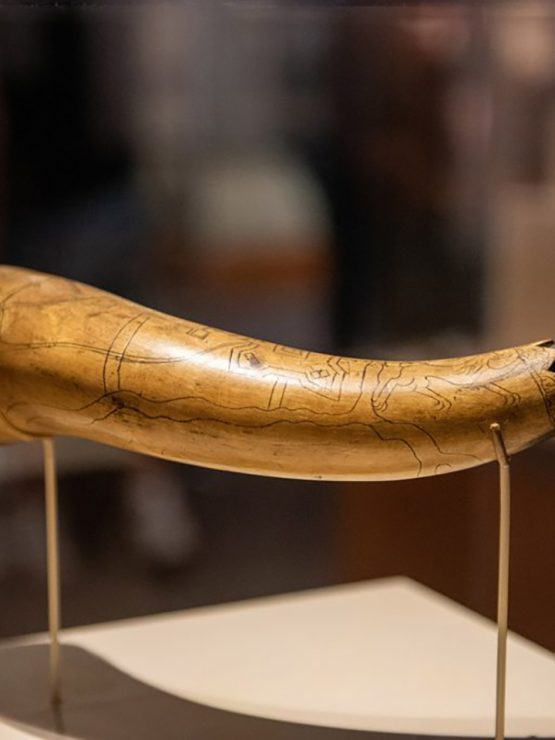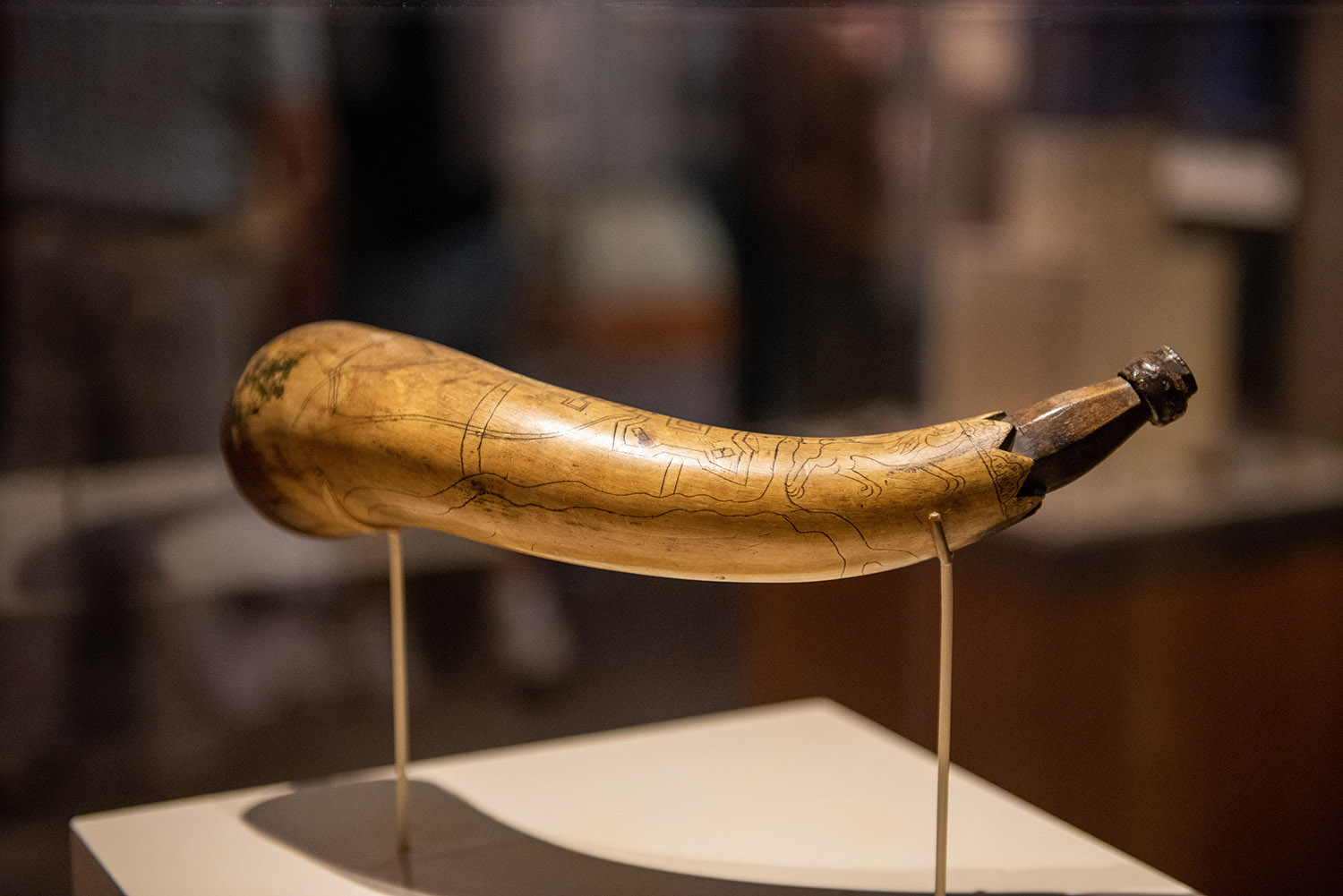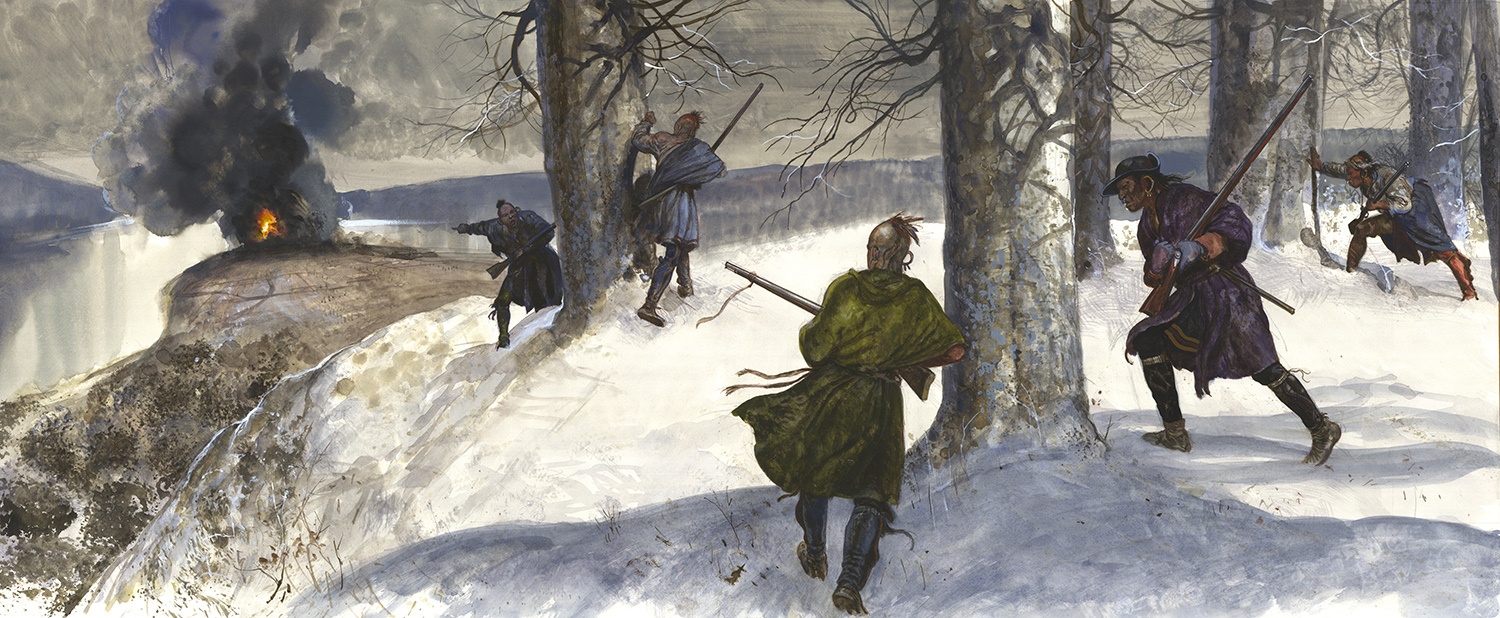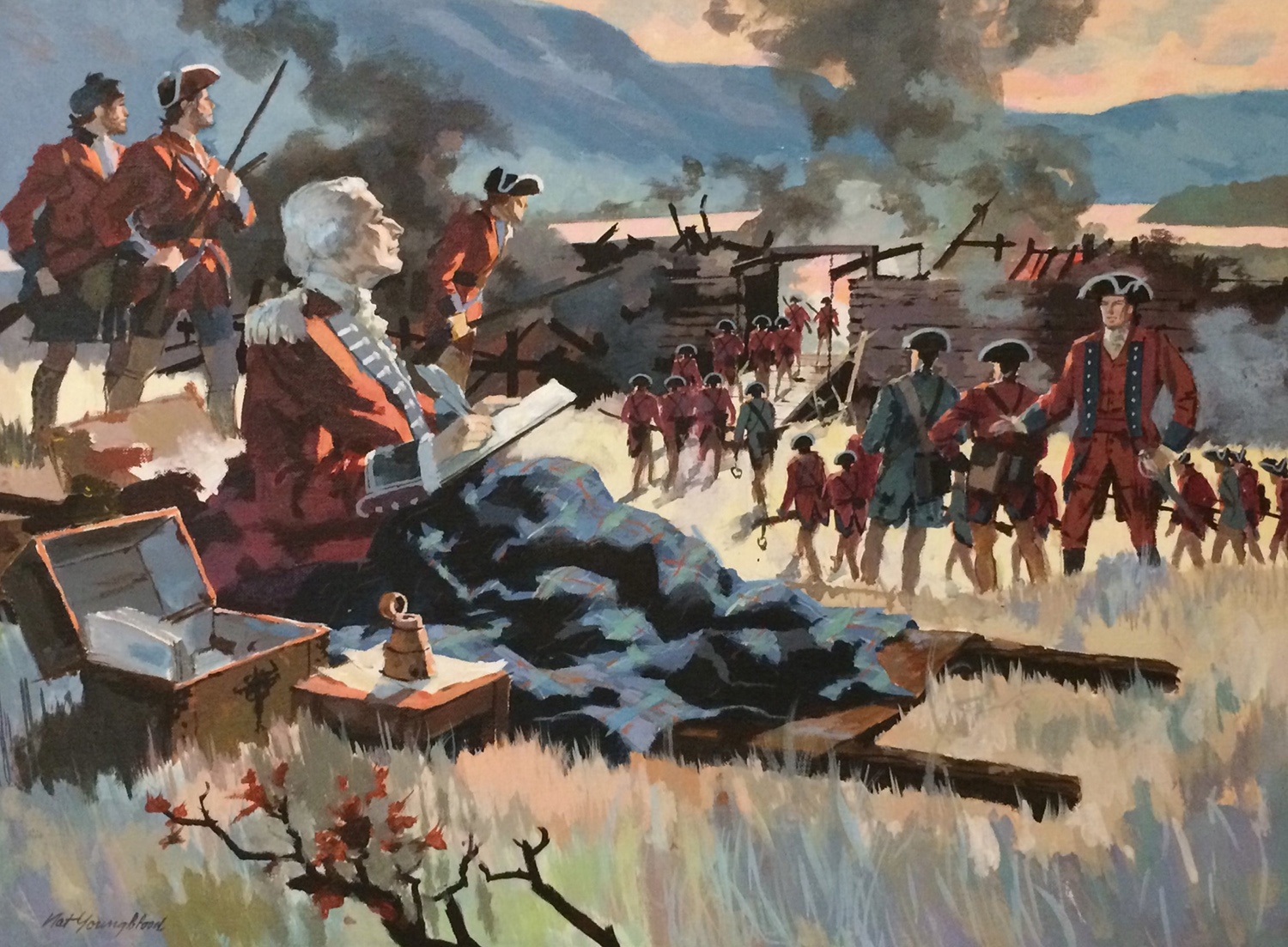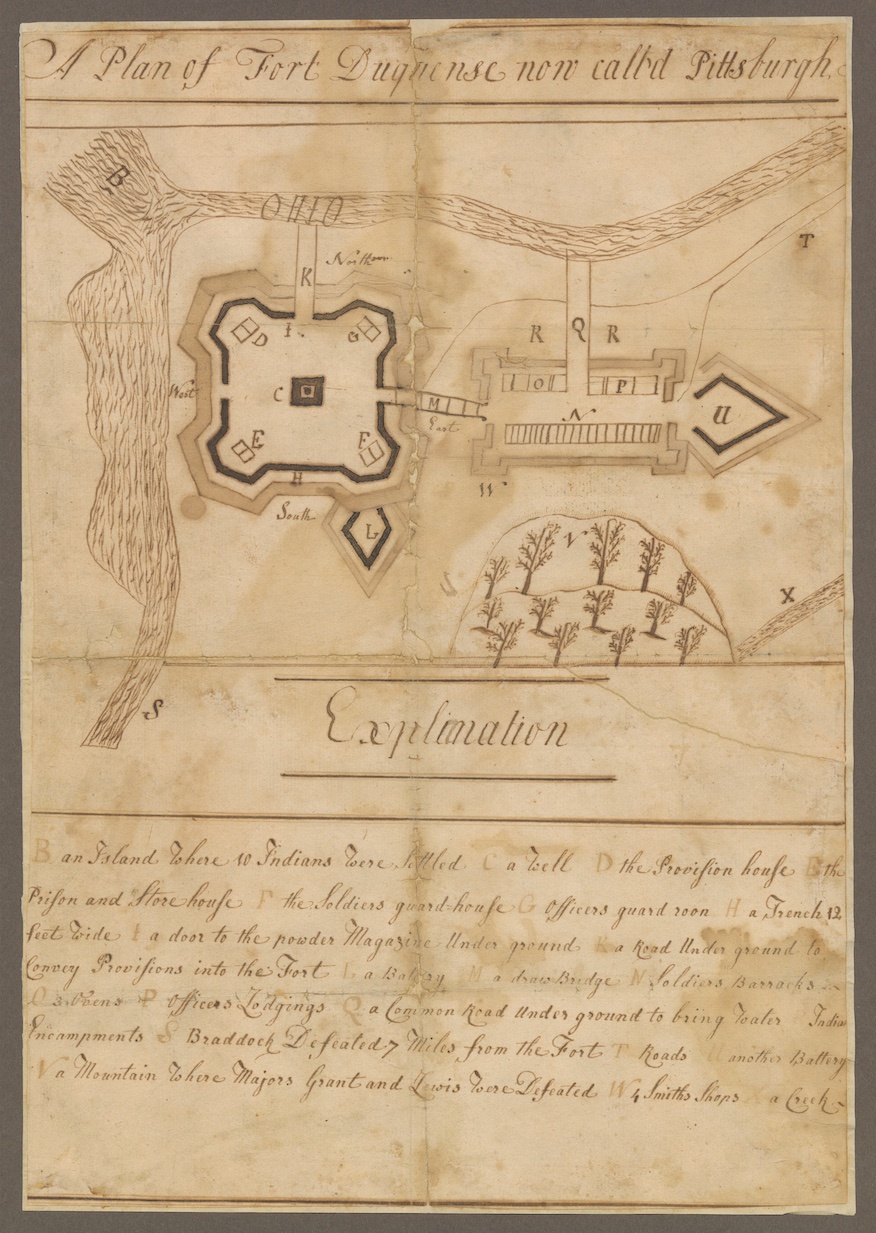
The 1758 expedition of Brigadier General John Forbes—and the subsequent capture of the French Fort Duquesne—loom large in Pittsburgh history, and for good reason. The city we call home was founded and named in the brisk days of late November 1758.
Slowly dying and having already ordered his army into winter quarters at Loyalhanna (present-day Ligonier), Forbes made the decision to attack Duquesne based on fateful intelligence received from captured French deserters. From there, the race was on as Forbes’ army pushed onward with limited supplies. The French, realizing they could not defend against the attack, detonated their powder magazine and abandoned the site, leaving Fort Duquesne in flames. A day later, on Nov. 25, 1758, the British arrived at the deserted French outpost, soon to be renamed “Pittsburgh.”
It’s a story so distant, so improbable, as to almost seem unreal, and in a museum where pictures and objects must carry the story, it’s been difficult to tell it effectively. Until now.
Recently, the Heinz History Center, the Pennsylvania Historical and Museum Commission (PHMC), and the Friends of the Fort Pitt Museum joined forces to bring a key part of the story—and one of the first objects made in Pittsburgh—home. The object, a carved powder horn, features an extremely rare depiction of Fort Duquesne, the French fort at the Point that eluded the British for four long years during the French and Indian War. Its full significance, however, became apparent soon after it was acquired.
The carving on its surface, unidentified except for the initials G.B. and the name G. Biler, shows Fort Duquesne as it would have appeared at the moment of Forbes’ arrival in November 1758. A narrow hornwork, identified as a “second fort” by some members of the British force that captured Duquesne, projects from the eastern side. Begun in 1757 as a palisaded enclosure to house additional troops, it was still incomplete when the French evacuated the Point.
A further clue to the horn’s origin was found in a manuscript map in the collections of the Historical Society of Pennsylvania in Philadelphia. Labeled “A Plan of Fort Duquesne, Now Call’d Pittsburgh,” it shows a nearly identical depiction to that of the Biler horn, along with a sketch of Grant’s Hill, and a key that identifies important features in the French complex. Though the powder horn shows an important French fort in detail, the manuscript “Plan” suggests that it was carved, not by a French soldier, but by a member of Forbes’ army. Supporting that conclusion, the horn itself—with its lathe turned plug and hand-carved, faceted spout—is reminiscent of several later, likely Pennsylvania-made horns with depictions of the Forbes Road and Fort Pitt.
Though the search for G. Biler continues, it appears that both the “Plan” and the horn were made in the waning days of November 1758, as the British army celebrated a long hoped-for victory over the French. As such, they are perhaps the earliest surviving objects made in Pittsburgh.
Now part of the permanent collection of the PHMC at Fort Pitt Museum, the G. Biler horn is currently on view in the museum’s temporary exhibition, Pittsburgh, Virginia, open through December 2020. After the exhibition closes, it will take its place among the many important artifacts in the museum’s permanent exhibit, Fort Pitt: Keystone of the Frontier.
Mike Burke is the exhibit specialist at the Fort Pitt Museum.

